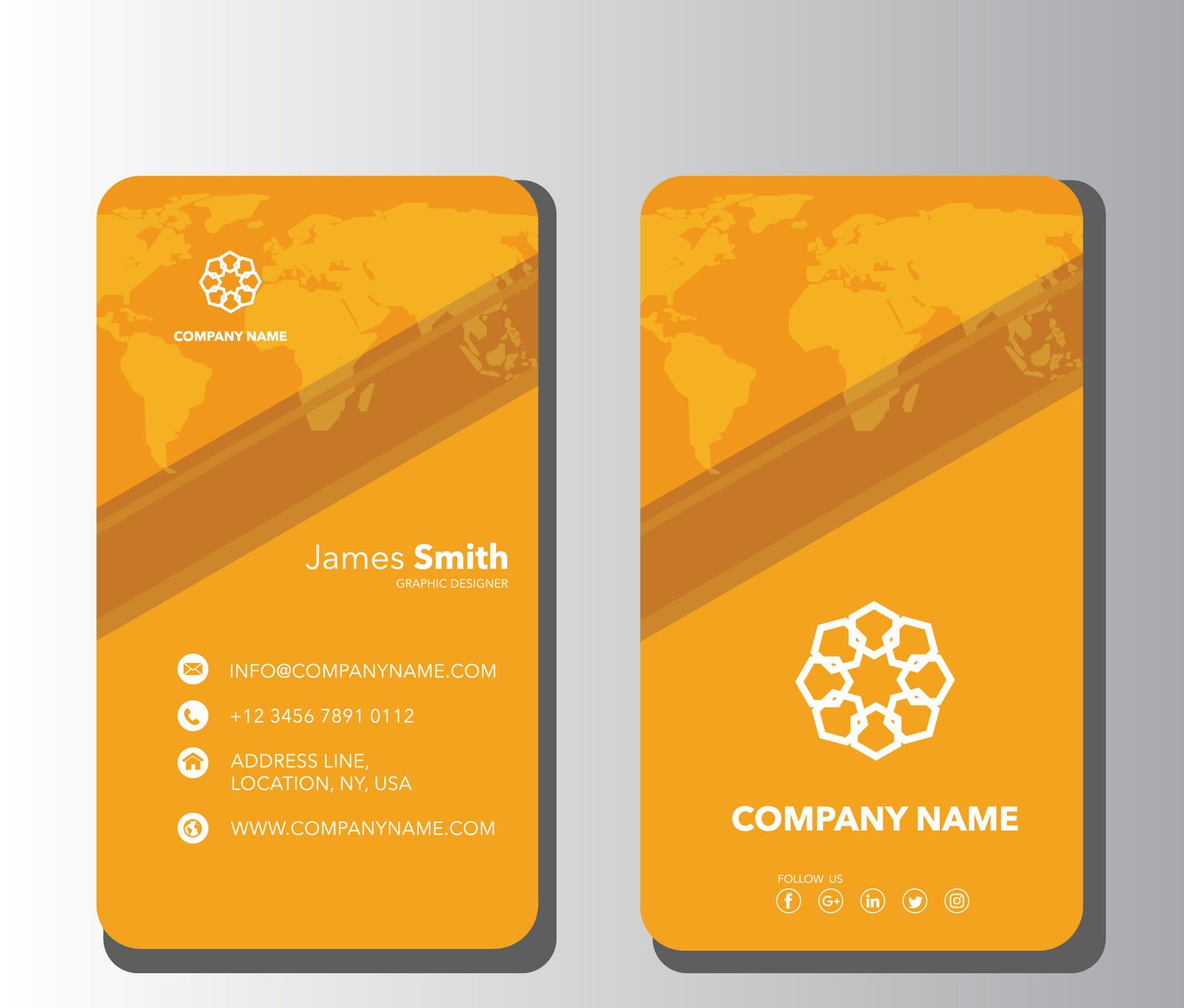Boost your website’s visibility and traffic with our expert SEO strategies, driving organic growth and improving search engine rankings.
How to Create Viral Content Secrets from Marketing Experts
INTRODUCTION
In today’s digital world, businesses and content creators are constantly searching for strategies on how to create viral content. Viral content has the potential to reach millions, significantly boosting brand awareness, traffic, and engagement. But what makes content go viral? What secrets do marketing experts use to create viral content that captivates audiences and gets widely shared?
This comprehensive guide will reveal expert strategies on how to create viral content, providing step-by-step insights, psychological triggers, and actionable tips to maximize the chances of your content becoming a sensation. Whether you’re a blogger, social media manager, or entrepreneur, understanding how to create viral content will elevate your digital presence and skyrocket your success.
What is Viral Content?
Before diving into how to create viral content, let’s define what it actually means. Viral content is any piece of media—videos, blog posts, infographics, tweets, or memes—that spreads rapidly across the internet, reaching a vast audience in a short time. It usually gains popularity through social sharing, word of mouth, and organic reach.
To truly master how to create viral content, you must understand the key ingredients that drive virality.

The Psychology Behind Viral Content
Marketing experts emphasize that successful viral content taps into human psychology. Here are the psychological triggers behind virality:
Emotionally Evocative Content
Content that triggers strong emotions—happiness, awe, anger, surprise, or sadness—is more likely to be shared.
Example: Heartwarming stories or shocking news often go viral.
Relatability and Shareability
People share content that resonates with their personal experiences.
Example: Memes that depict common struggles in a humorous way.
Utility and Practical Value
Content that provides useful information, such as how to create viral content, is more likely to be shared.
Example: Life hacks, DIY guides, and industry insights.
Compelling storytelling captures attention and drives engagement.
Example: A brand sharing its journey from struggle to success.
Expert Strategies on How to Create Viral Content
Now that we understand the psychology, let’s explore expert strategies on how to create viral content effectively.
1. Know Your Target Audience
Understanding your audience is the first step in how to create viral content. Conduct thorough research to determine:
Their interests and pain points
Preferred content formats (videos, blog posts, infographics)
Social media platforms they use
By tailoring content to your audience’s preferences, you significantly increase its chances of virality.
2. Craft Attention-Grabbing Headlines
Headlines are the first thing users see, and they determine whether someone clicks on your content. Follow these headline optimization tips:
Use power words (e.g., “Secrets,” “Ultimate Guide,” “Mind-Blowing”)
Incorporate numbers (e.g., “10 Secrets on How to Create Viral Content”)
Create curiosity without being clickbait
Example: “How to Create Viral Content: 7 Secret Strategies Experts Don’t Want You to Know!”
3. Use Engaging Visuals and Multimedia
People process visuals faster than text. Including images, infographics, and videos increases content shareability. Ensure:
High-quality and relevant visuals
Short, engaging videos
Interactive elements like quizzes and polls.

4. Leverage Social Media Trends
A key tip on how to create viral content is capitalizing on trending topics. Stay updated with:
Twitter trends
Google Trends
TikTok challenges
Popular memes
By aligning your content with current trends, you enhance its virality potential.
5. Optimize for SEO and Social Media
SEO optimization plays a crucial role in how to create viral content. Implement these SEO best practices.
On-Page SEO Optimization
Use focus keywords: Ensure “How to Create Viral Content” appears naturally throughout your content.
Optimize meta descriptions and title tags: Write compelling meta descriptions (150-160 characters) incorporating focus keywords.
Use header tags strategically: Structure your content with H1, H2, and H3 tags to enhance readability.
Include internal and external links: Link to authoritative sources and related internal content to boost SEO.
Use alt text for images: Ensure images have descriptive alt tags including focus keywords.
Off-Page SEO Strategies
Build high-quality backlinks: Guest post on relevant blogs, collaborate with influencers, and submit your content to directories.
Leverage social media signals: Encourage shares, likes, and comments to improve search ranking.
Engage in forums and communities: Participate in niche-specific discussions and link back to your content where relevant.
Technical SEO Improvements
Improve page loading speed: Compress images, use a CDN, and minimize unnecessary scripts.
Ensure mobile-friendliness: Use responsive design to enhance user experience across devices.
Optimize for voice search: Use conversational keywords and question-based queries.
6. Leverage User-Generated Content
Encourage your audience related to your brand.
Examples: Reviews, testimonials, and social media challenges.
7. Use Data-Driven Insights
Analyze past viral content and identify common factors.
Use tools like Google Analytics, BuzzSumo, and SEMrush for content analysis.
8. Focus on Evergreen Content
Create content that remains relevant for a long time.
Examples: “Ultimate Guides,” “How-To” articles, and case studies.
9. Engage with Online Communities
Share your content in relevant Facebook Groups, Reddit communities, and LinkedIn groups.
Build credibility before promoting your content.
10. Cross-Promote Across Multiple Platforms
Repurpose your content for different platforms (e.g., turn blog posts into Twitter threads and Instagram carousels).
Expand your content’s reach beyond a single channel.

11. Implement A/B Testing
Test different headlines, images, and calls to action.
Use platforms like Google Optimize and Facebook Ads Manager for experiments.
12. Create Interactive and Shareable Content
Develop quizzes, polls, and challenges that users can participate in and share.
Example: “Which Content Creator Type Are You?” quiz.
13. Use FOMO (Fear of Missing Out)
Create urgency with limited-time offers, exclusive content, or viral challenges.
Example: “Join this viral challenge before it’s too late!”
14. Engage With Your Audience
Respond to comments and messages.
Ask for feedback and suggestions to increase interaction.

15. Monitor and Adapt to Trends
Stay updated on trending topics using Google Trends and Twitter trends.
Adapt your content to ongoing discussions for maximum visibility.
Conclusion
Having learned how to create viral content is a process of creativity, strategy, and psychology understanding about human beings. With the usage of emotions, writing catchy headings, search engine optimization, and riding social networking waves, the chances of spreading your content would significantly be promoted.
Start applying these master tips today and watch your content take off! To be seriously serious about making viral content, experiment, examine, and tweak your strategy on a constant basis.
Disclaimer
The information contained herein is offered for educational and informative purposes only. While we do our best to offer accurate and up-to-date information on how to create viral content, we make no warranties regarding any specific outcome or result. Virality is influenced by many factors like market trends, social interaction and social media algorithm updates. Always do your own research and take the advice of digital marketing specialists before you attempt anything. We disclaim any success or failure due to the use of the strategies as outlined in this material.
Contact Us
We’re here to help you elevate your digital presence! Whether you have questions, need support, or want to discuss your next project, ”our team is just a message away”
Social Media Marketing
Enhance your brand’s online presence and engagement through targeted social media strategies that drive growth and customer loyalty.

Web Development
Create responsive, user-friendly websites with our expert web development services to boost your online presence and business growth.

Content Writing
Craft compelling, SEO-optimized content that engages your audience, improves search rankings, and drives meaningful conversions for your business.

Graphics Desigingning
Design visually stunning graphics that enhance brand identity, captivate audiences, and communicate your message with creativity and clarity.

Website Designing
Create attractive, user-friendly website designs that provide seamless navigation and enhance user experience to grow your online presence.

NFC Card
Develop innovative NFC cards enabling secure, contactless communication for payments, access control, and seamless information sharing.

App Development
Build powerful, user-friendly mobile and web applications tailored to your business needs, enhancing engagement and driving growth.

Digital Branding
Establish a strong digital identity with strategic branding that boosts recognition, trust, and engagement across online platforms.
Video Editing
Transform your raw footage into compelling videos with professional editing that captivates audiences and strengthens your brand message.

Google My Business
Optimize your local presence with Google My Business to attract more customers, improve search rankings, and showcase your brand effectively.
Tell Us Your Opinion
Address List
- F-2, Kashyapi-A, Saubhagya Nagar Pumping station, Gangapur Rd, Nashik, Maharashtra 422013
- +91 93710 99207
Avahi Socials
At Avahi Socials, we specialize in transforming businesses into powerful brands. Through tailored digital marketing strategies, we help elevate your presence, engage your audience, and drive growth. Let us partner with you to create a brand that stands out and thrives in the competitive marketplace.
